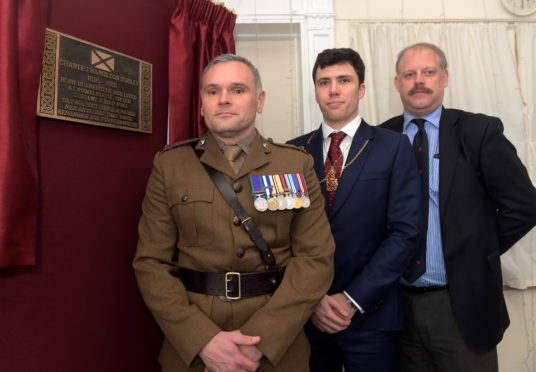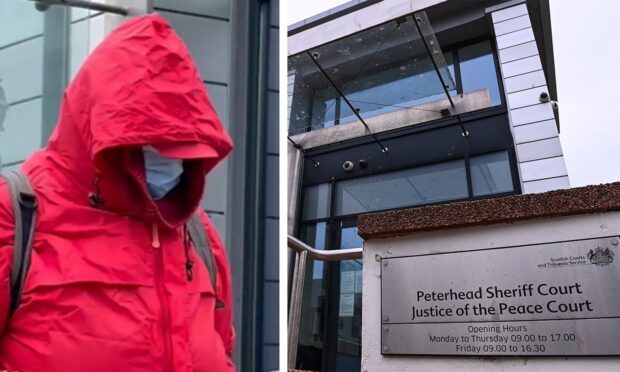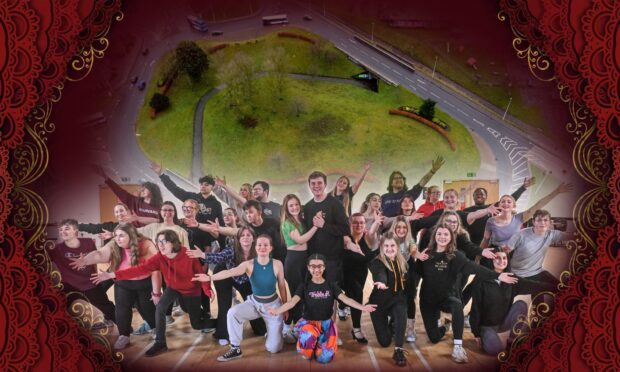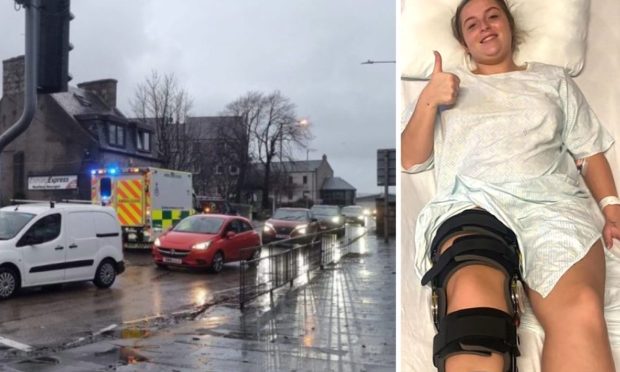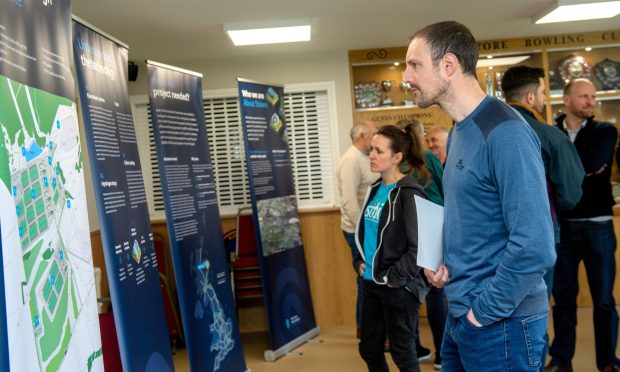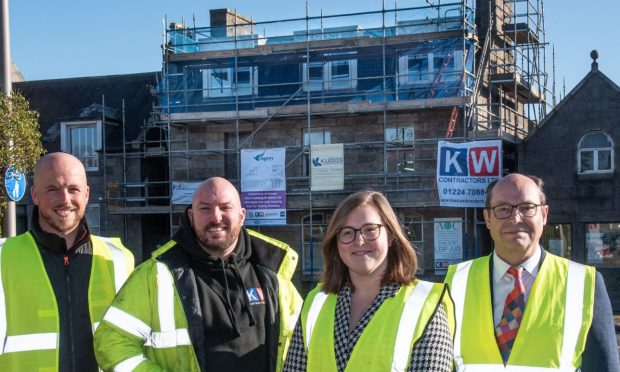A plaque has been unveiled to commemorate the north-east’s greatest war poet.
Charles Hamilton Sorley, born in 1895, was just 20-years-old when he was killed during the Battle of the Loos on the Western Front.
His body was never recovered.
But when his family was sent his soldier’s kit they discovered 37 poems that, published posthumously, gave valuable insight into what was, at the time, the greatest conflict the world had ever seen.
Yesterday, 103 years after Sorely’s untimely death, an official plaque was unveiled at his former home at Powis House, which is now a community centre.
The event was attended by fellow councillors, MPs, pupils from St Machar’s Academy and students from Aberdeen University.
It was due to Neil McLennan, senior lecturer at the university, and his work within the Scotland’s War Poets’ Corner Committee that the plaque came to be.
He said: “Sorley is on Westminster Abbey Poet’s corner, but the Scottish war poets have began to vanish from the public’s memories, due to more prolific writers like Wilfred Owen.
“Our efforts have been, in collaboration with Aberdeen and Napier University and our civic partners, to raise awareness of the Scottish war poets.
“The power of the present comes with being able to recognise hidden figures of the war and yesterday we got the chance to mark our own.
“In Sorley’s poem When You See Millions of Mouthless Dead, a phrase of which is included on the plaque, he raises questions about remembrance, and those are questions we still ask ourselves today.”
In a speech at the unveiling of the plaque yesterday, Ryan Houghton, who previously served in Afghanistan with the Royal Air Force, added: “The fact that so many young people are here today is encouraging – as they will take up the torch of remembrance in coming years, and carry on telling the story of these great poets and soldiers.
“By having the plaque in Powis House we can ensure that the community and young people will be inspired.
“Commemorating Sorley in a way which is open and accessible really helps strengthen the link between Aberdeen and the First World War, in which thousands of the region’s men were lost – something we should never forget.”
